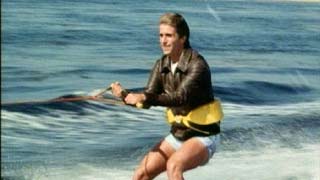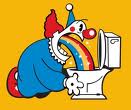The first thing Bob Dudley, the new chief executive of embattled oil giant BP, vowed to do was "change the culture" of how the company tackles safety issues after the Gulf of Mexico disaster and promised to "make  sure this does not happen again."
sure this does not happen again."
Same thing after Bhopal and the Challenger space shuttle disaster.
Me and Chapman and Frank Yiannas and Chris Griffith have been pushing the concept of food safety culture for years as an enhancement to inspection, regulation and training.
Culture encompasses the shared values, mores, customary practices, inherited traditions, and prevailing habits of communities. It’s when one food service or farm or retail employee says to another, dude, wash your hands, without being told by the boss or the inspector.
But now that safety culture is being touted by BP, the concept may have jumped the shark.
Jumping the shark is an idiom used to describe the moment of downturn for a previously successful enterprise. The phrase was originally used to denote the point in a television program’s history where the plot spins off into absurd story lines or unlikely .jpg) characterizations. These changes were often the result of efforts to revive interest in a show whose audience had begun to decline, usually through the employment of different actors, writers or producers.
characterizations. These changes were often the result of efforts to revive interest in a show whose audience had begun to decline, usually through the employment of different actors, writers or producers.
The phrase jump the shark refers to the climactic scene in "Hollywood," a three-part episode opening the fifth season of the American TV series Happy Days in September 1977. In this story, the central characters visit Los Angeles, where Fonzie (Henry Winkler), wearing swim trunks and his leather jacket, jumps over a confined shark on water skis, answering a challenge to demonstrate his bravery. The series continued for nearly seven years after that, with a number of changes in cast and situations.

 seems extreme.
seems extreme.